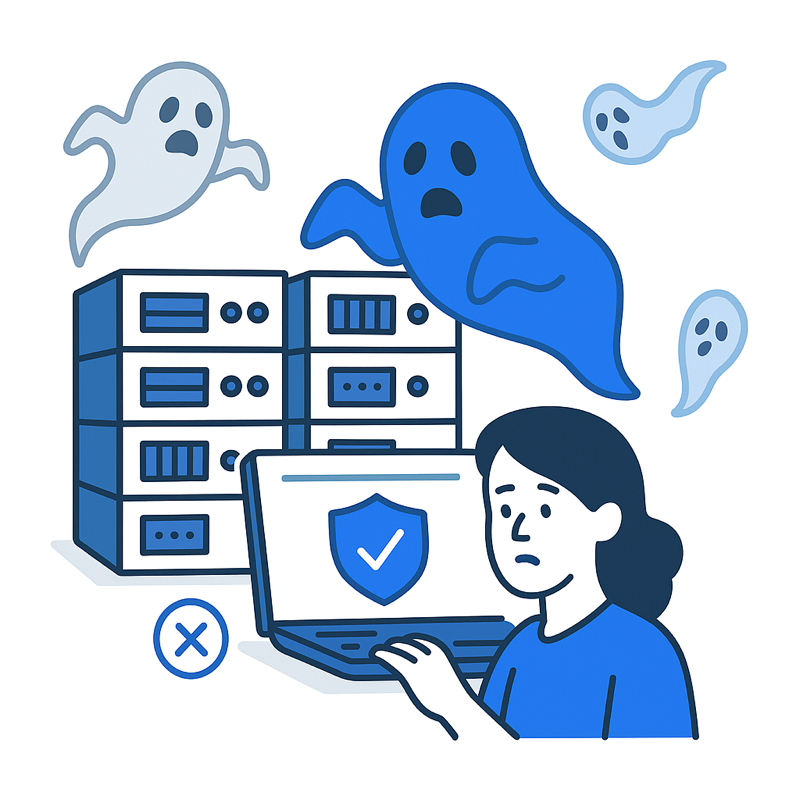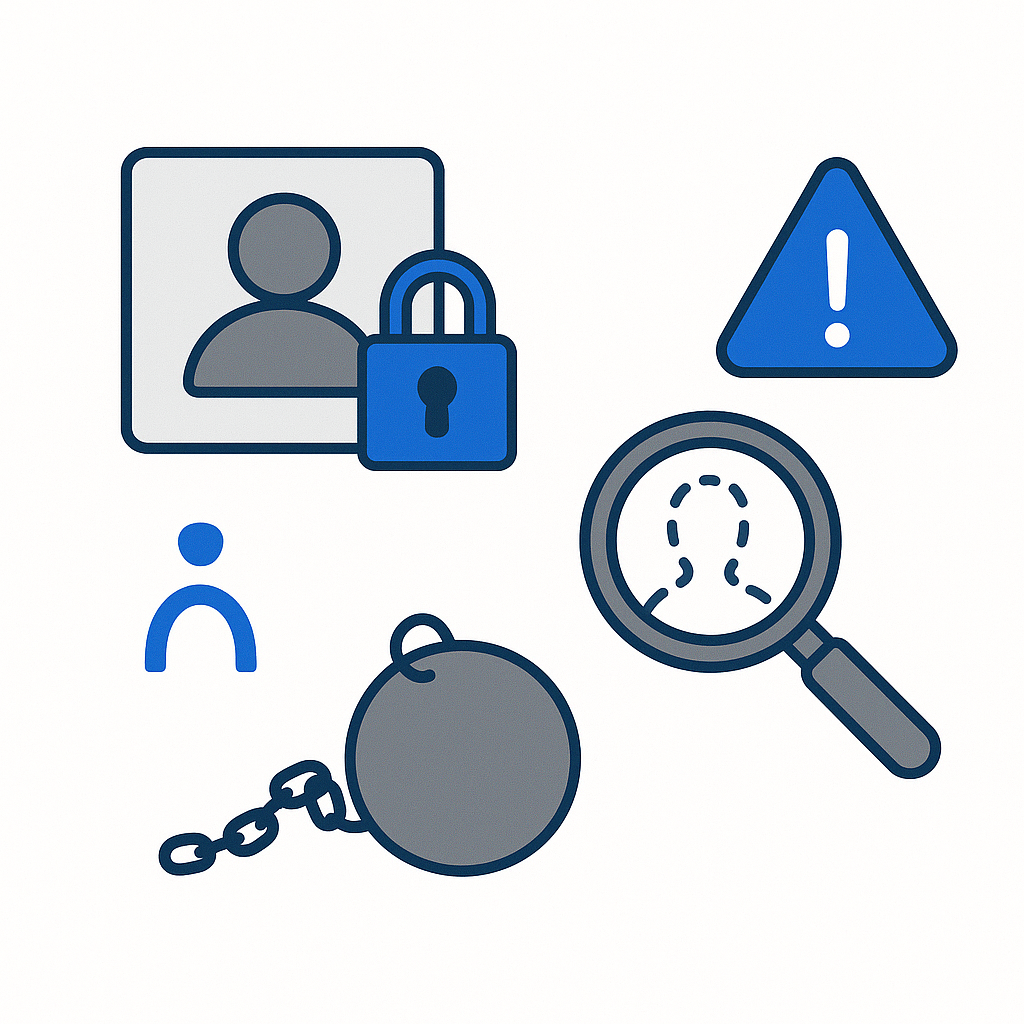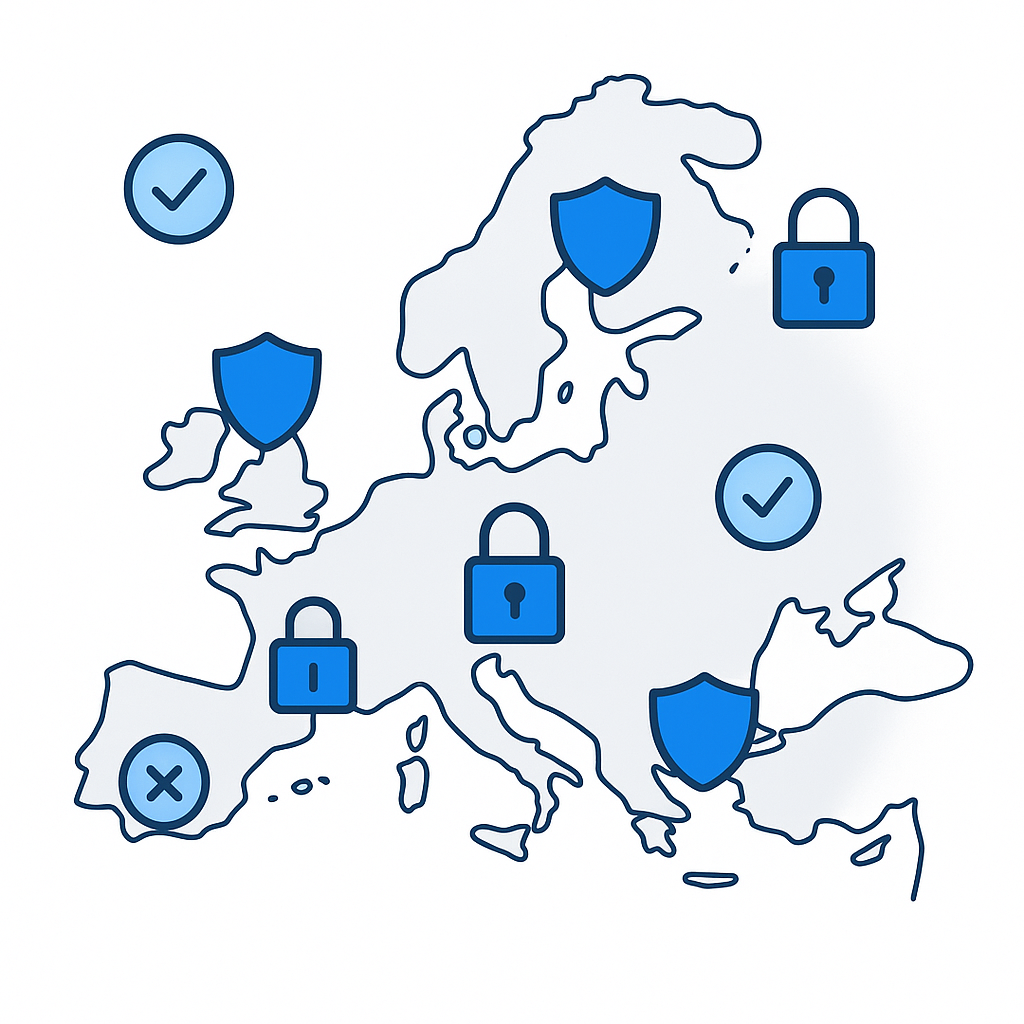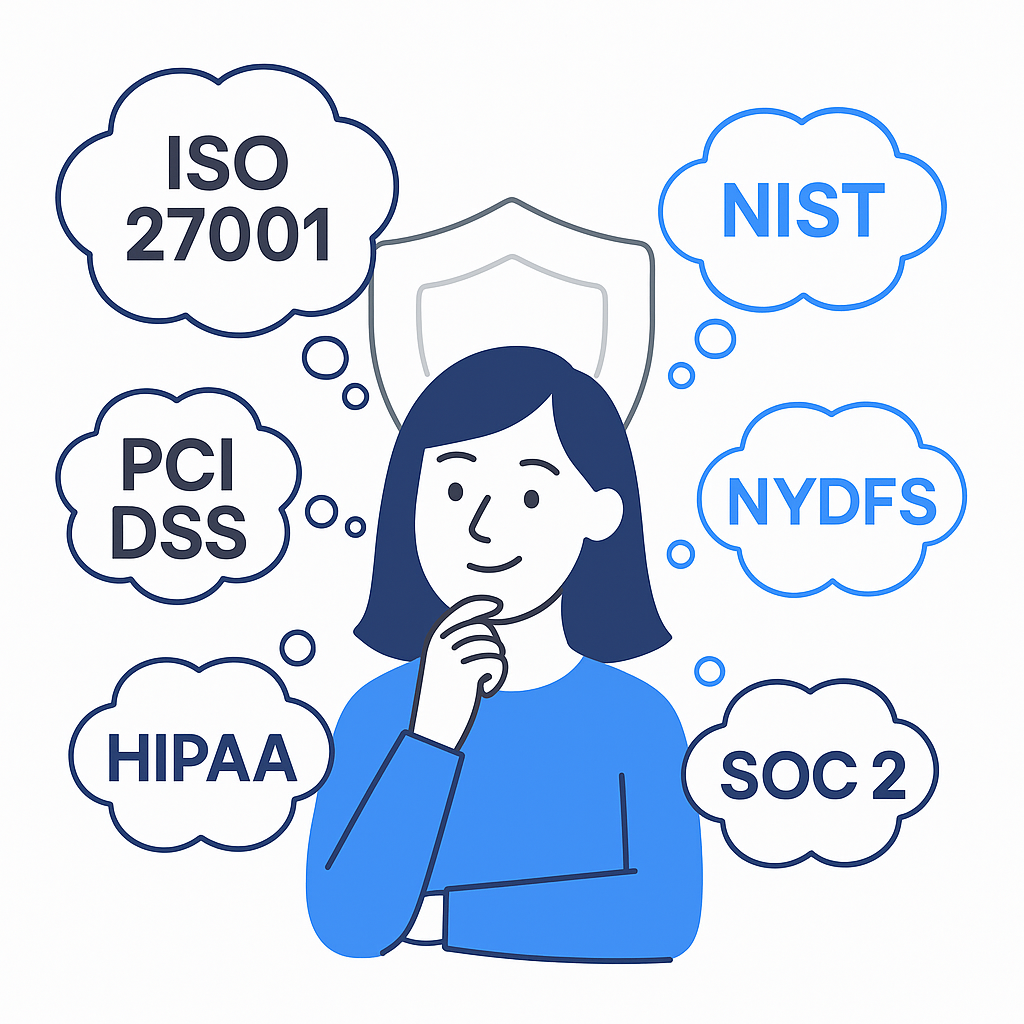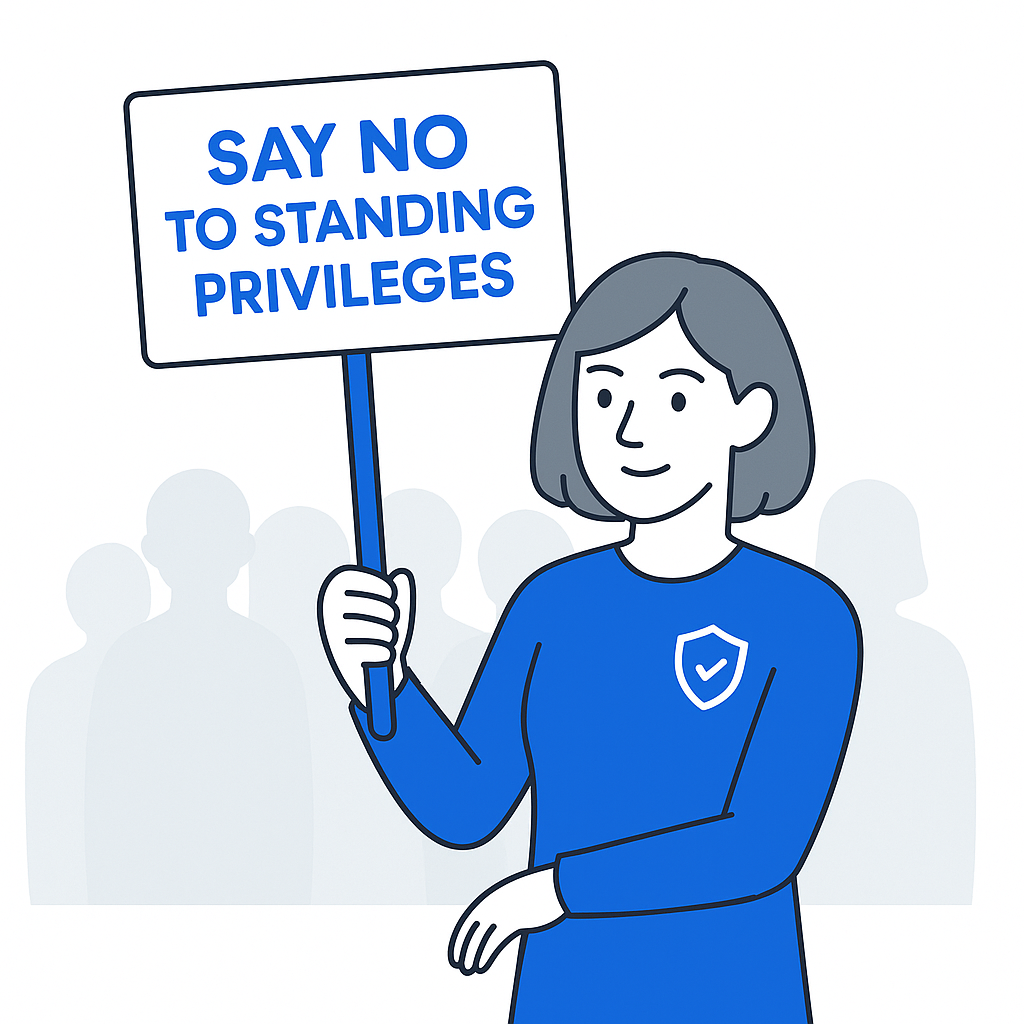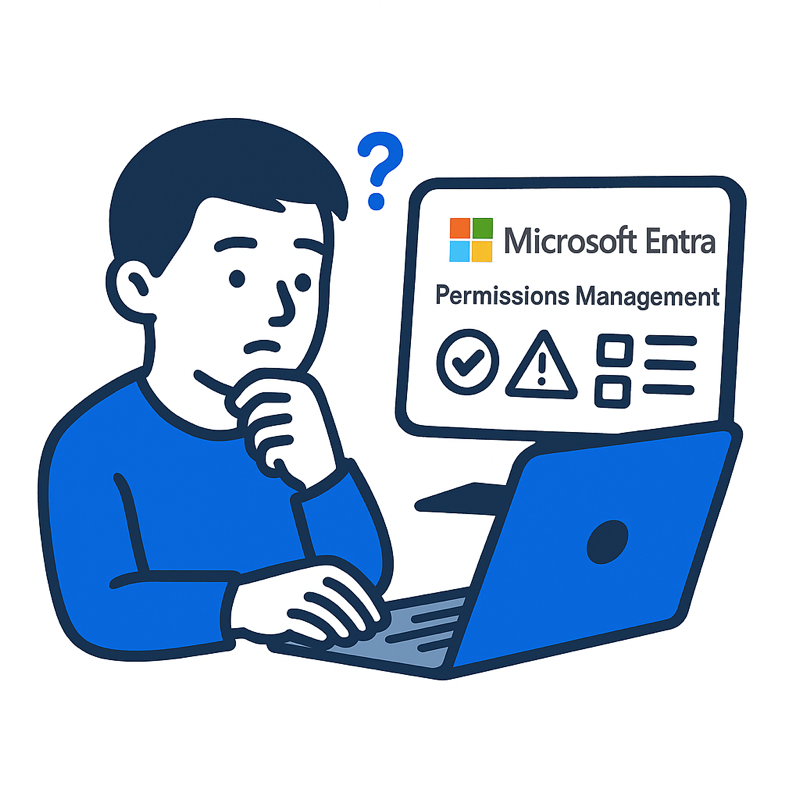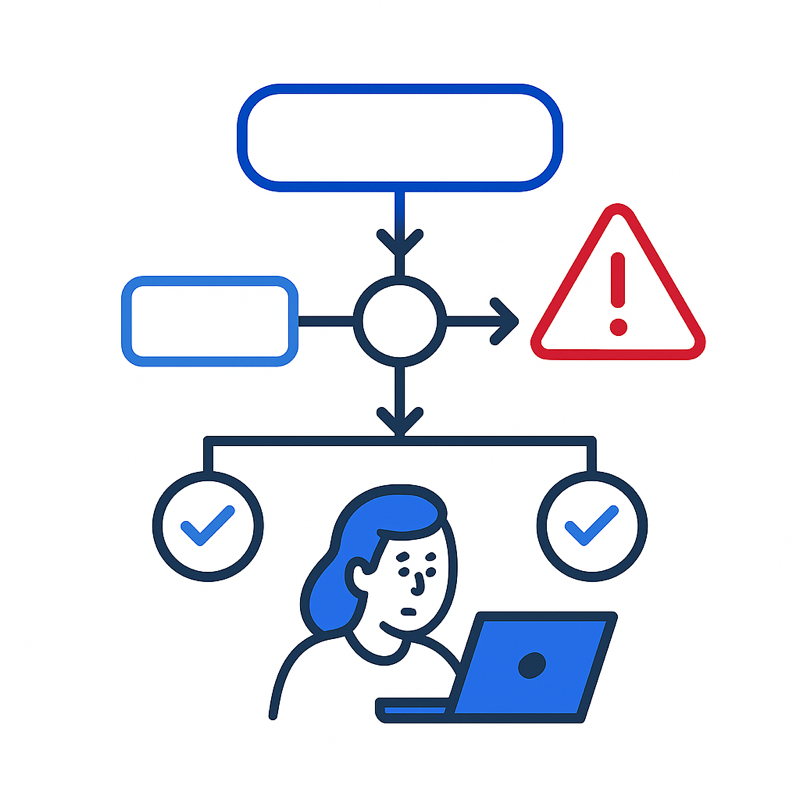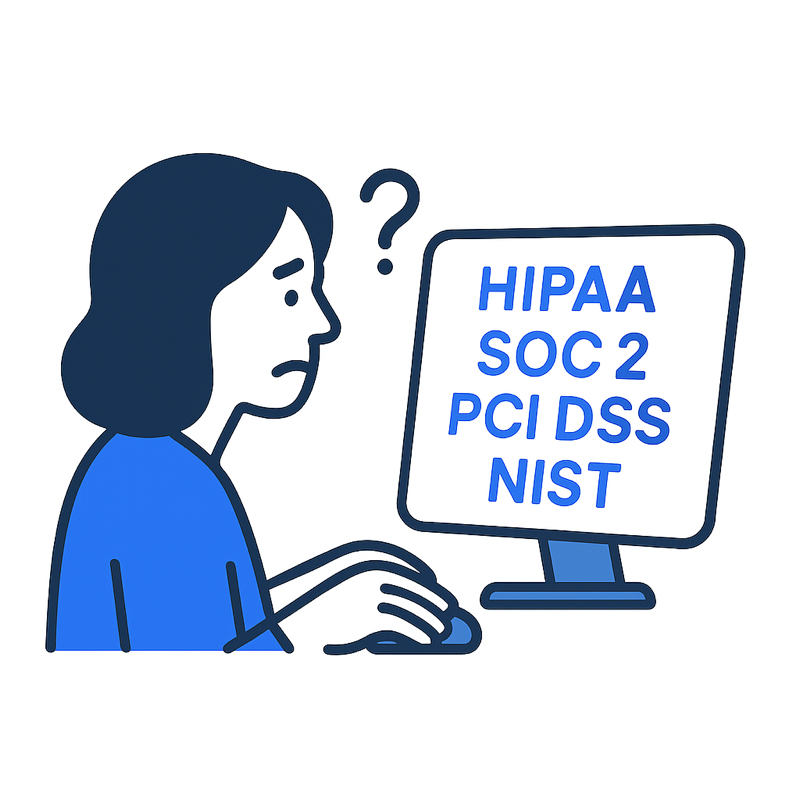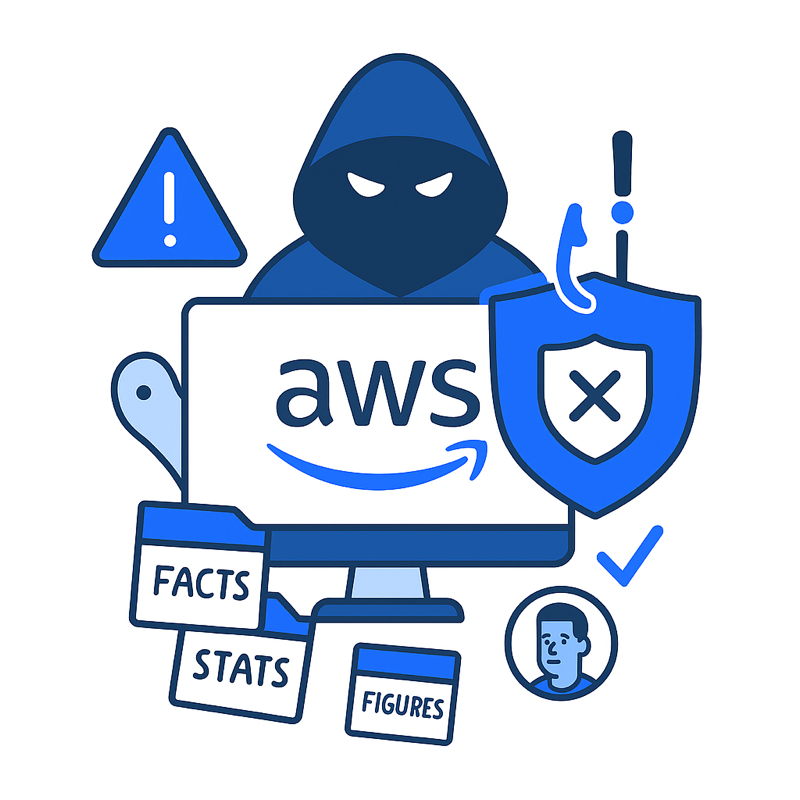2025 Cybersecurity Liability: A C-Suite Responsibility
Basic Advice in The New Era of Cybersecurity Liability
Cybersecurity liability has evolved into a tangible, high-stakes issue for C‑suite executives, especially CISOs and CEOs. No longer confined to technical tasks, this liability now extends into boardrooms and personal lives, with very personal consequences when the poop hits the fan. Legal risks are growing, enforcement is intensifying, and regulators, shareholders, and courts are increasingly focusing on individual accountability, not just corporate culpability.
Apparently, the average CISO needs more accountability and to have a greater weight of responsibility on their shoulders, in a profession so stressful that 32% of CISOs or IT Security DMs in the UK and US are considering leaving their current organisation, highlighting the impact that cyber incidents have on turnover and individual job security.
“The price of greatness is responsibility.”
- Winston Churchill
At the 2025 RSA Conference’s “CISOs Off the Record” panel, veteran security leaders discussed the growing reality of CISOs facing personal liability for decisions made on the job, now embedded in international cybersecurity standards. They warned that “CISOs are getting nailed” for mishandling breaches or misrepresenting their organisation’s cyber readiness, even in cases where they believed they were acting in good faith.
Last year, just over half of CISOs (53%) reported feeling burnt out, slightly better than last year’s 60%, but still alarmingly high. 2025 cybersecurity statistics already make for eyebrow-raising reading. 66% say expectations are excessive, up from 61% in 2023 and 49% in 2022. Personal liability worries are also rising, with two-thirds now concerned, and nearly three-quarters unwilling to work for a company without D&O insurance. On top of that, 59% say the economic climate is stifling critical security investments, and almost half have been told to cut staff, delay hiring, or shrink their budgets.
Some High-Profile Cases That Set the Tone
- In the massive 2018–2020 breach of Vastaamo, a Finnish psychotherapy provider, highly sensitive patient records were compromised and used for extortion purposes. The attack ultimately impacted around 36,000 clients, and in April 2023, Vastaamo’s ex‑CEO, Ville Tapio, was found guilty of violating GDPR mandates related to data protection and sentenced to a three-month suspended sentence.
- Timothy G. Brown, CISO of SolarWinds, faced SEC charges for allegedly misleading investors about the company’s security preparedness in the wake of a major supply chain attack. Courts have partially upheld claims concerning misleading public statements.
- Joe Sullivan, Uber’s former CISO, was convicted in 2022 for obstruction of justice and misprision of a felony for how he handled Uber’s 2016 data breach. The case remains under appeal, but it’s a widely known and cautionary tale for the profession.
Security professionals are seeing more and more daily news reminding them that their actions, or omissions, have consequences and can lead to personal legal exposure.
The Strategic Shift Inside Organizations
According to Fastly, 93% of organizations have adjusted internal policies in the past year to address increasing CISO liability risks. This includes:
- A sizeable 41% increasing CISO involvement in board-level decision-making
- Enhanced provision of legal support for security leaders.
This shift recognizes that cybersecurity is both a business risk and legal vulnerability, making the CISO a strategic stakeholder, not just a technical guardian.
Broader Regulatory and Organizational Pressures
Public companies must now disclose material cybersecurity incidents within four business days, a sweeping requirement from the Securities and Exchange Commission (SEC) that holds executives personally accountable for missteps or delays. Orrick and Thomson Reuters point out that C‑suite executives, including CISOs and CEOs, can face personal liability for failing to uphold cybersecurity and data protection standards. The World Economic Forum advises CISOs to safeguard themselves via indemnification, defence-cost advancement provisions, peer collaboration networks, legal literacy, and oversight of public messaging. Cyber insurance markets remain historically favorable, however, with 7% lower pricing in Q1 2025 and growing availability of broader coverage, “if cybersecurity controls are robust.”
Mitigating Cybersecurity Liability: Strategies for Leadership
Personal liability within cybersecurity isn’t a theoretical risk, it’s here now, it’s growing, and it’s not going away. Executives who take proactive, well-documented steps not only reduce their own exposure but also raise their organisation’s resilience. Here’s how to approach it with both legal foresight and operational muscle.
Legal Safeguards Are Essential
If you’re in a senior security role, you need to assume, realistically, that you may one day be personally named in a lawsuit or investigation.
- Negotiate personal indemnity before you sign your contract. Your agreement should clearly state that the organisation will cover your legal costs and liabilities incurred in the course of doing your job, unless there’s proven gross negligence or criminal intent.
- Secure legal-cost advancement, not just reimbursement. You don’t want to pay out of pocket for a defence you’ll only be reimbursed for months or years later.
- Have your own lawyer on speed dial. The company’s in-house counsel represents the company—not you—especially when interests diverge during a crisis. An independent attorney can help you navigate tense moments, from breach disclosure debates to regulatory inquiries.
Embed Governance and Distribute Accountability
CISO liability often spikes when responsibilities are vague or undocumented.
- Use a RACI framework (Responsible, Accountable, Consulted, Informed) for key cybersecurity decisions. This makes it harder for all responsibility to be pinned solely on the security leader after the fact.
- Present to the board regularly with a clear, business-oriented assessment of the organisation’s security posture, including risks, compliance status, and mitigation efforts. This creates a verifiable record that the board was informed and shared accountability.
- Make risk acceptance a documented process. If senior leadership declines to act on a recommendation, ensure there’s a written record of the decision and its implications.
Prioritize Accurate Public Messaging
Misalignment between your organisation’s internal reality and its external statements is a fast track to SEC action or shareholder lawsuits.
- Audit all public cybersecurity claims, from investor presentations to marketing collateral, to ensure they reflect actual practices and capabilities.
- Involve security leadership in PR and investor relations approvals for any public statements about security posture.
- Train spokespersons so they avoid over-promising or downplaying incidents during media or analyst interactions.
Run Legal-Aware Incident Simulations
Breach simulations shouldn’t just test the SOC; they should test your legal and executive response.
- Include legal, PR, finance, and executive leadership in your tabletop exercises to model the real decision-making chain during an incident.
- Simulate breach disclosure scenarios to determine what qualifies as “material” and triggers mandatory reporting obligations (e.g., SEC’s 4-day rule for public companies).
- Document simulation outcomes and feed them back into playbooks, policies, and training to close identified gaps.
Strengthen Cyber Insurance Coverage
The cyber insurance market in 2025 has become more favourable to buyers, but only for those who can demonstrate strong controls.
- Review your policy terms closely to confirm it covers not just the organisation but also named executives for regulatory defence costs.
- Check for exclusions that might void coverage during certain breach scenarios, such as social engineering or third-party supply chain attacks.
- Bundle D&O (Directors & Officers) insurance with cyber cover where possible, to ensure overlapping protection for both corporate and personal liability.
Document, Document, Document
Your best defence in any future inquiry is a well-kept paper trail.
- Maintain records of all significant risk assessments, mitigation plans, incident responses, and board briefings.
- Track recommendations, including those not acted on, along with any stated reasons for rejecting them.
- Archive email confirmations of executive approvals or deferrals relating to security investments or policy changes.
A documented history of proactive action can be the difference between a regulatory fine and personal prosecution.
Cultivate a Culture of Cyber-Ownership Before It’s Too Late
No legal framework can save a business that treats security as an afterthought.
- Educate the board and senior leaders on the business impacts of cyber risk, not just compliance requirements.
- Tie security metrics to business outcomes so executives see cybersecurity as a value driver, not a cost sink.
- Embed security into strategic planning, from M&A deals to new product launches, so it’s part of the decision-making DNA, not a box-tick exercise.
Today, defending the organisation means defending yourself. The most effective CISOs and security-minded executives are those who combine documented diligence, clear governance, and legal foresight—ensuring that when a breach inevitably occurs, they’re not just operationally ready, but personally protected.
Cybersecurity Liability Is Now Personal
The rise of cybersecurity liability has shifted the nature of executive risk. C-suite leaders, especially CISOs and CEOs, must navigate technical, regulatory, and legal domains simultaneously. Protecting your organization now inherently means protecting yourself.
By negotiating legal safeguards, embedding cyber governance, aligning communications with reality, investing in insurance, and documenting everything with a rigorous policy of privileged access management, you can mitigate personal liability and reinforce your role’s strategic credibility.
In this time of heightened “cybersecurity liability,” it’s not just about defending networks; it’s about defending your leadership, career, and freedom.








